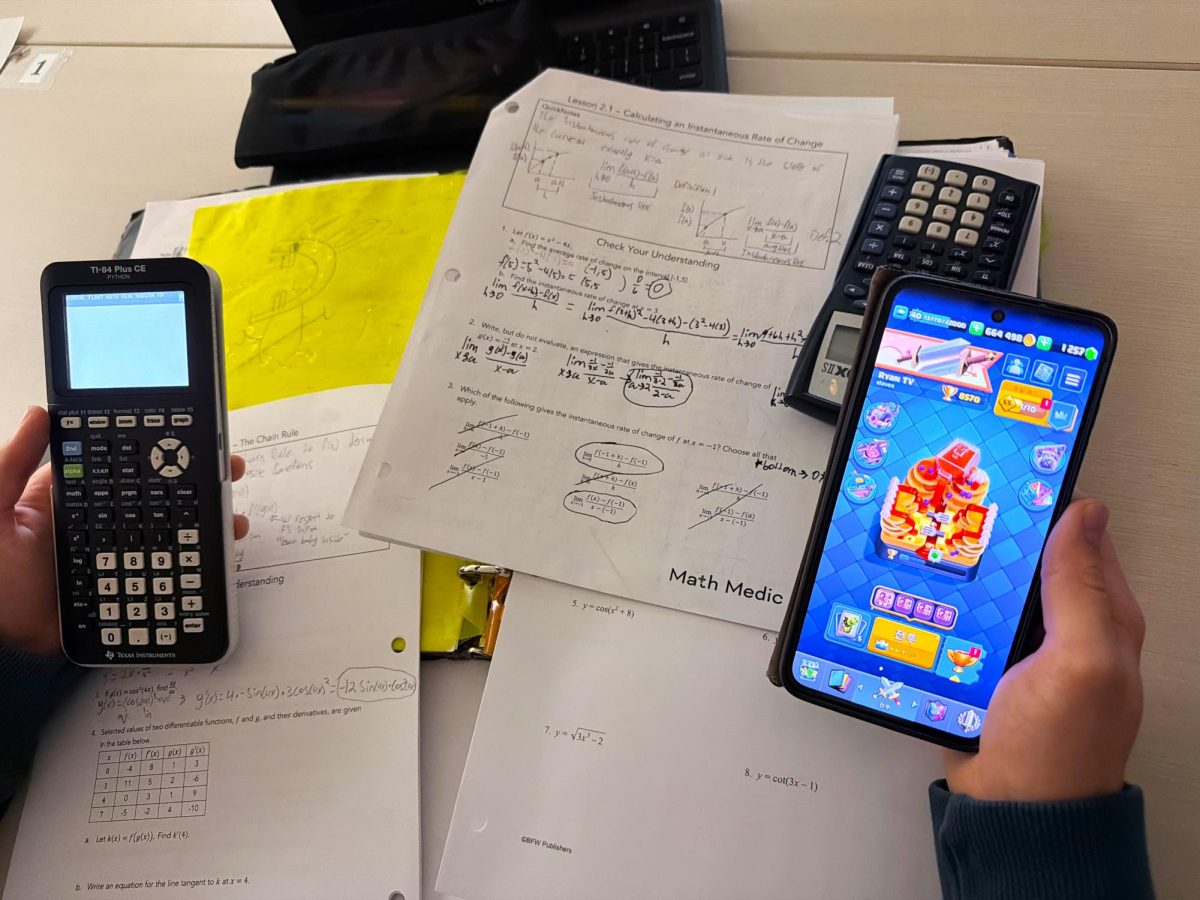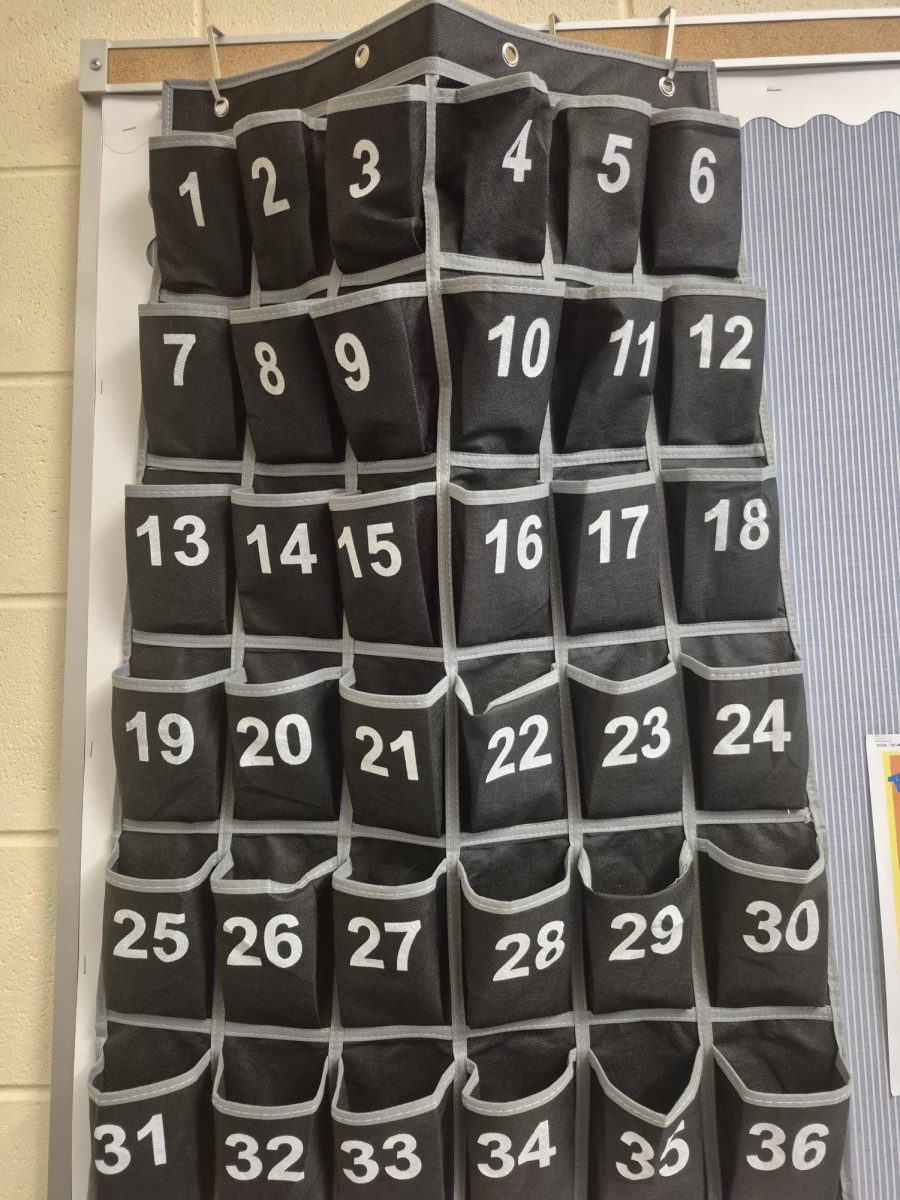There is a code to how Leonardo Da Vinci created his masterpieces with a mathematical formula of beauty. A way to use math to develop and position his subjects. This is commonly used today and most people don’t even realize it. This ancient formula yields art and weaves an invisible thread of perfection around us. This is called the Golden Ratio. When the golden ratio is applied in art, the main subject is in the intersecting lines. Shapes also have a major role in the golden ratio, the main focus is the shape are using. “Two-thirds of your compositions is the important stuff. One-third is the background. We have these focal points that exist on the lines when you do the divisions. The Mona Lisa for example, the one-third horizon line goes through her eyes and the sky and it makes it eye-catching,” Brad Vredevoogd said. “The piece that came to mind was Jacob Lawrence. There’s one-thirds, one-thirds, one-thirds on the blue top of the wall. It shows this person’s body going down at an angle and then shows all the shoes. It shows his face in the rule of thirds at the right,” Brian Kelly said.
Golden Ratio Shapes
The shape of it is a rectangle. When cut into squares, the remaining rectangle is in the same proportion as the original rectangle. Then there is a spiral through the rectangle. You can draw a golden ratio with circles and triangles.
History Of The Golden Ratio in Art
The golden ratio was used by Leonardo Da Vinci. In his painting, “The Last Supper”, every key dimension of the room, the ornamental shields, and the table were based on the golden ratio. In the Renaissance period, it was also known as Divine Proportion.
It was also used by Michelangelo. He created a painting called, “The Creation Of Adam”, Adam appears in the lesser domain at the bottom left and God is in the greater domain at the top right. Their fingers touch and it creates the golden ratio.
The painting called, “The Starry Night” was made by Vincent Van Gogh. In one-third of the painting, it shows dark trees in the foreground. In second-third of the painting, shows a village in the background. In the blue sky, you can see the stars and spirals. These spirals make the art truly dominate and one of the world’s most renowned art pieces.
“Girl With A Pearl Earring”, created by Johannes Vermeer. Her posture has her head turned over her shoulder looking at the painter. There is a horizon line that goes through her eyes, goes over the top of her head, and goes below her scarf. The dark and empty background introduces the golden ratio.
A painter named Katsushika Hokusai made a painting called, “The Great Wave Off Kanagawa”, Each ocean wave builds itself up with the golden ratio, only to crash. There is Mount Fuji in the background just off-center. Above the waves, there is an expansion of negative space. The waves stand ready to crash, about to turn in on itself while carrying the boats.
An art piece created by George Seurat was called, “Bathing At Asnieres”, the painting has the rule of thirds composition. It makes us look at the hats of the two figures sitting on the grass to a boy standing in the river. These people, in harmony with the trees and the smoke rising in the background, there’s a feeling that the figures are part of a larger whole.
Salvador Dali’s painting, “The Sacrament of the Last Supper”, takes inspiration from Da Vinci. He positions the table exactly at the golden height of the painting. The entire painting is framed in a golden rectangle. The two disciples are positioned near Jesus’s side, and Dali placed them at the golden sections at the width of the composition.







